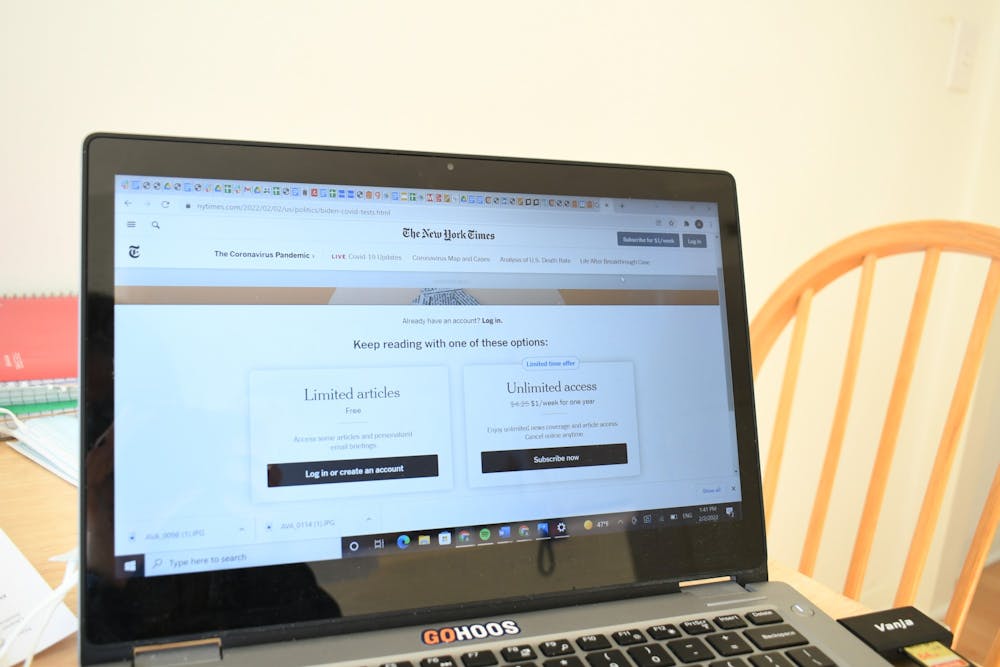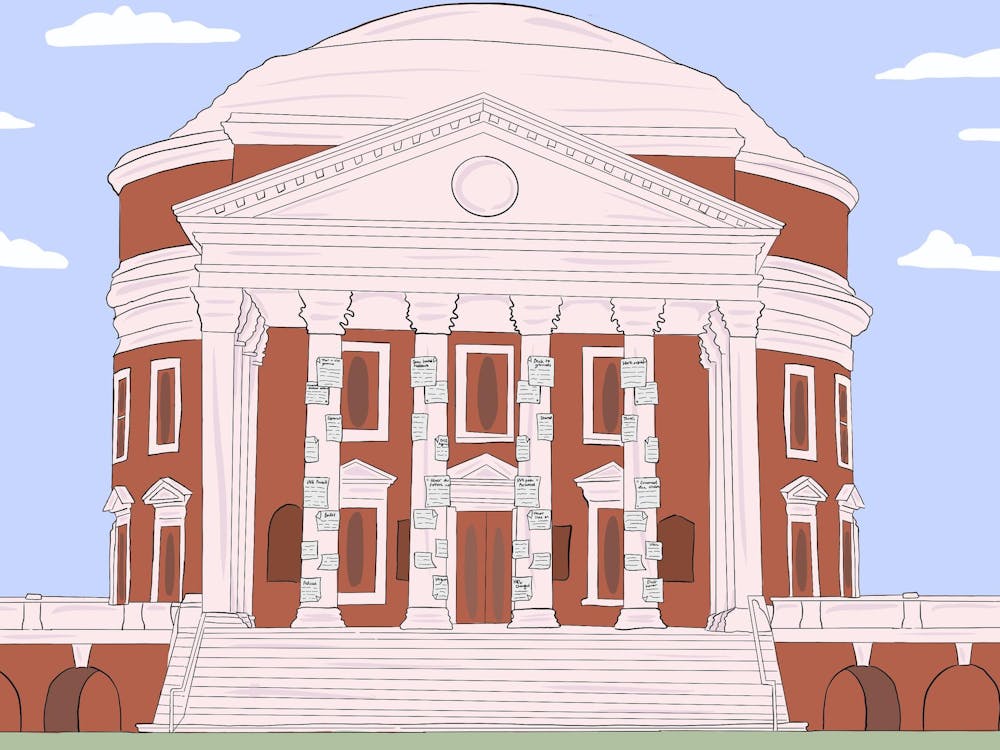Have you ever read an article in the Wall Street Journal or New York Times, read a few lines in, and are suddenly blocked by a message telling you to subscribe now for full access? Or maybe you’ve needed to read a research paper to finish a midterm essay, only to find out accessing it will cost an arm and a leg from an obscure journal you will never need again. These features are called paywalls, which bar access to online content without some exchange of value — often a paid subscription. Restriction-based efforts to monetize websites have become more standard after the decline of physical media, such as magazines and newspapers. While paywalls provide an additional revenue stream for news companies, they are detrimental to accessible educational content for consumers.
Advertising used to be the mainstream source of revenue for online websites, but due to ad-blockers, paywalls are increasing in popularity. As of 2019, more than three-fourths of online news sources across the U.S. implemented paywalls. It is tough for news sources to balance the responsibility of informing the general public while also keeping themselves afloat during a time when a lot of traditional media is unable to be monetized. Before online news, consumers would pay a small fee for physical newspapers. Paywalls may seem like the digital counterpart to paying for traditional paper news — however, paywalls often block the access of quality information from trustworthy sites. Those who can’t afford a subscription are forced to obtain information elsewhere, and paywalls will continue to benefit the small sliver of the public with the financial means to access information. As print news declines, news sources need to employ monetization alternatives that do not increase information inequity and still pay journalists fairly.
The arena of published research is also increasingly inaccessible and costly due to monopolies — like Elsevier, for instance, which houses around 18 percent of the world’s research articles. Scientists that produce research articles for journals are not paid for their contributions. However, if an author wants their article published open access, meaning without a paywall, companies like Elsevier will charge the authors anywhere from $500 to $5000. In addition, publishing fees for most journals are well above $1000. The charges do not stop there. In terms of consumer access, yearly subscriptions to journals can cost academic institutions millions of dollars. Accessing singular articles as an individual can set someone back about $30. Not only does this provide financial barriers to those learning, like students, it severely disrupts the research process for those need to be able to review peer work in order to further their own research.
Wealth disparities already play a huge role in the quality of education people receive. Private schools, certain supplies and technology and private tutoring are only some of the educational resources that can be out of reach for low-income people. Knowledge should never be gatekept, and the web should remain accessible — especially when a lot of research is funded by taxpayer money in the form of government grants. Paywalls widen the gap between what people are able to access based on their income.
The effects of educational barriers like paywalls and subscriptions go beyond hurting one’s finances. It is likely to increase partisanship, as people will only be willing to pay to view sources they are inclined to agree with and want to see, ultimately reducing the diversity of their viewership. Additionally, news sources might lean toward covering topics that their subscribers will continue paying to see, forgoing critical issues if they aren’t valued by the paying audience. In the end, most consumers will end up turning toward free alternatives — namely, social media, where misinformation proliferates.
As for news sources, alternatives to paywalls should not restrict content. Companies could offer a membership or subscription that provides additional perks, so paying feels like an exchange of value rather than an obligation. Baseline content would remain free, but paying customers might get access to special features like podcasts or exclusive interviews.
In the realm of published research, many academic institutions and research consortiums are refusing to sign contracts with publishers. These boycotts have spurred new, open-access journals that are free to everyone. However, researchers still aim to be published in renowned journals to support their career, and open-access journals won't be able to compete. As for now, the solution remains in the hands of research culture and whether academics would be willing to let go of some of the prestige in exchange for accessible knowledge.
Nicole Chebili is an Opinion Columnist for The Cavalier Daily. She can be reached at opinion@cavalierdaily.com.
The opinions expressed in this column are not necessarily those of The Cavalier Daily. Columns represent the views of the authors alone.







